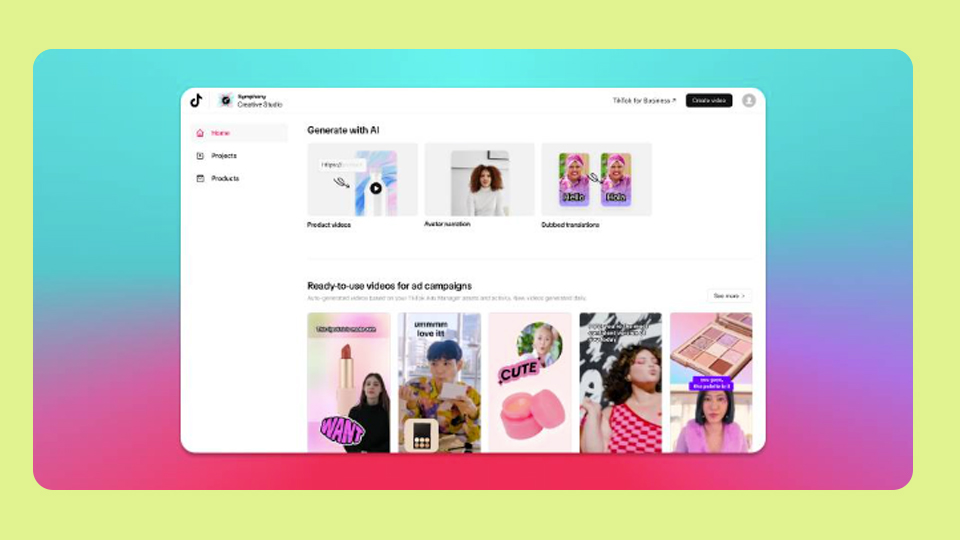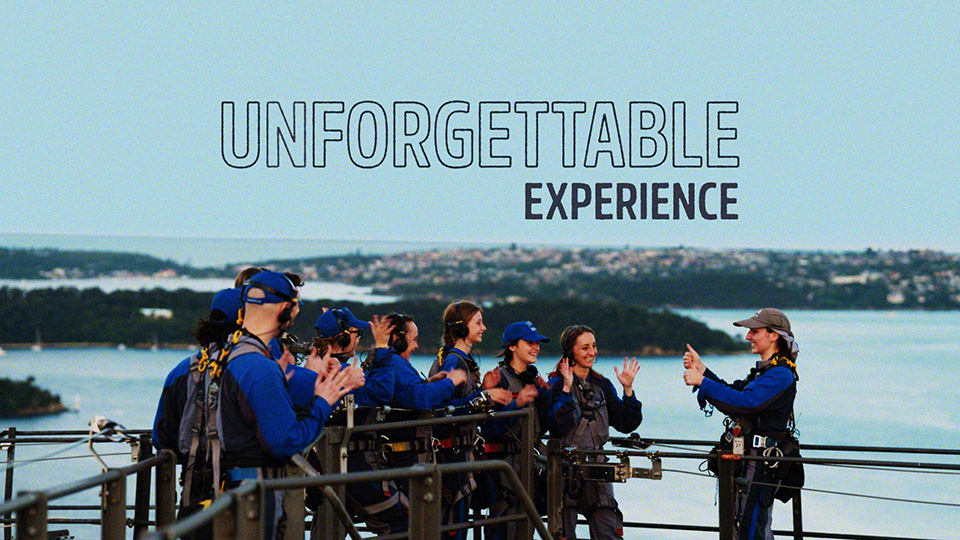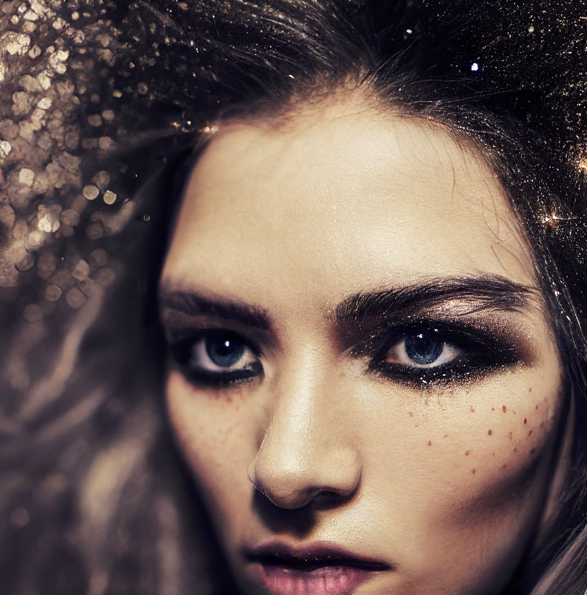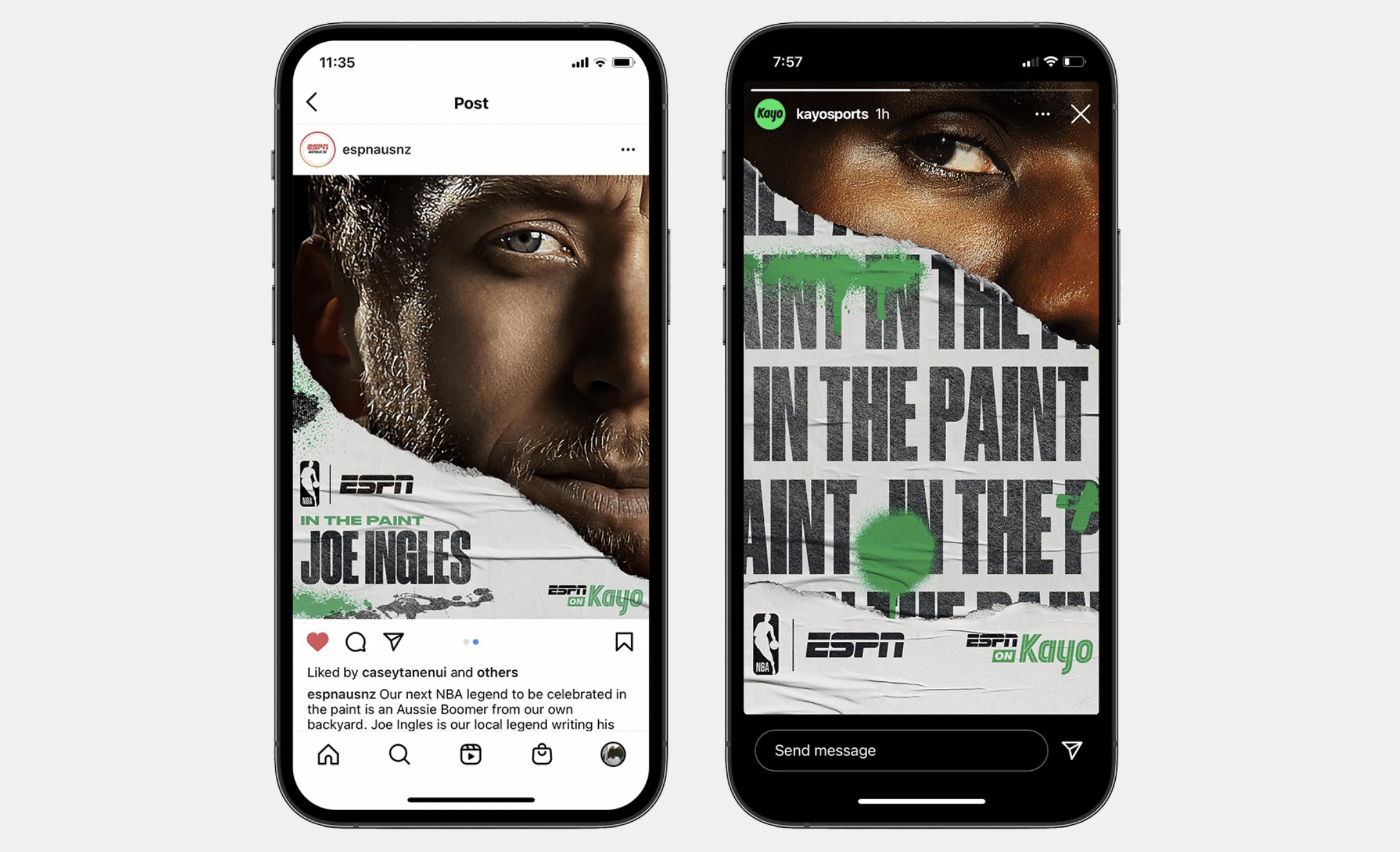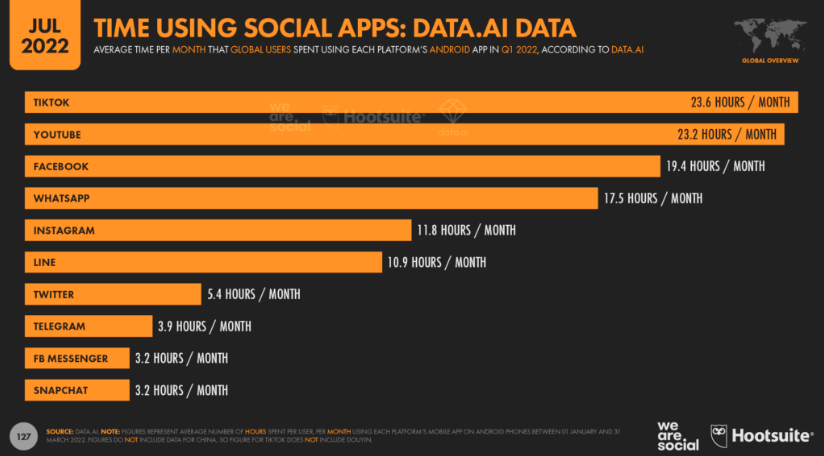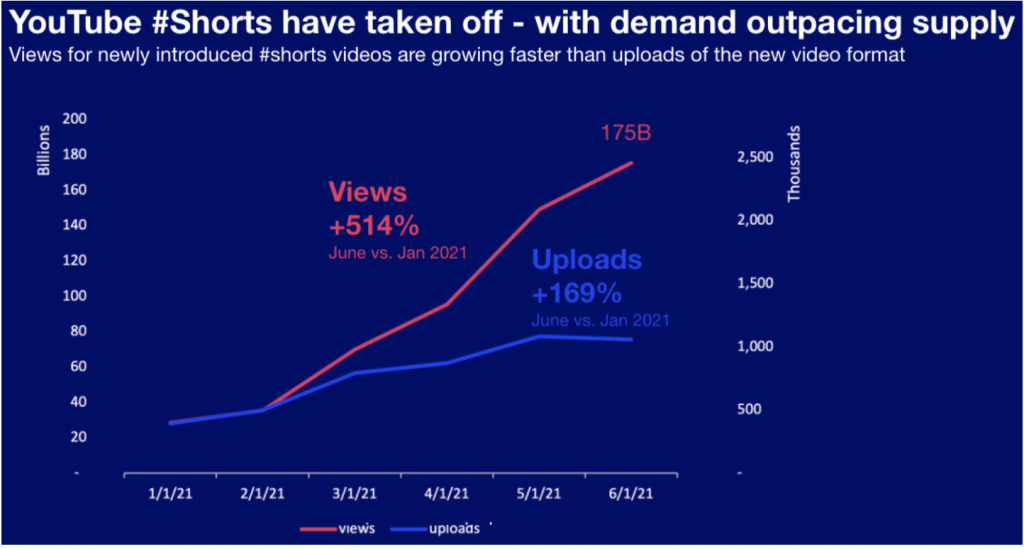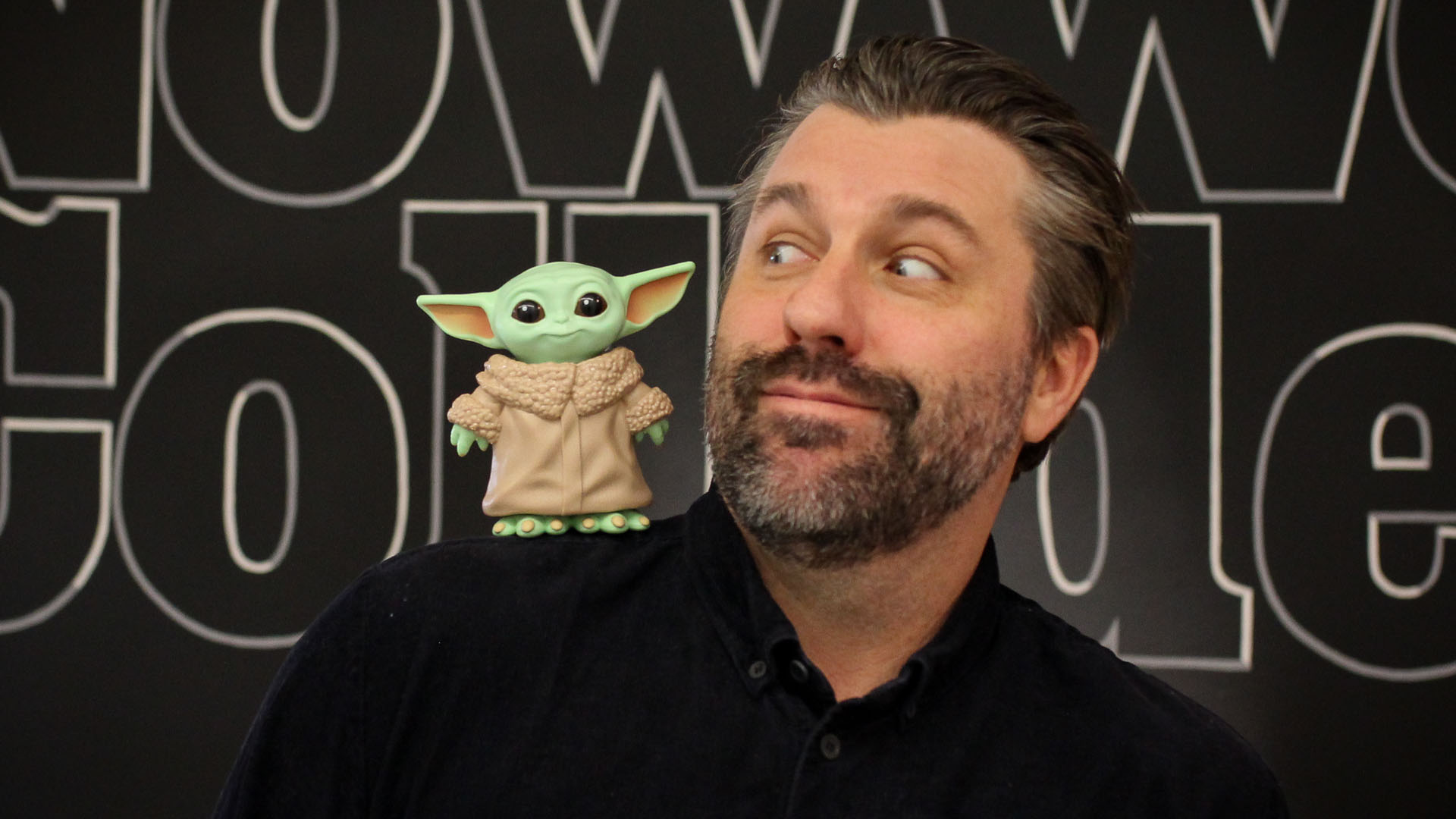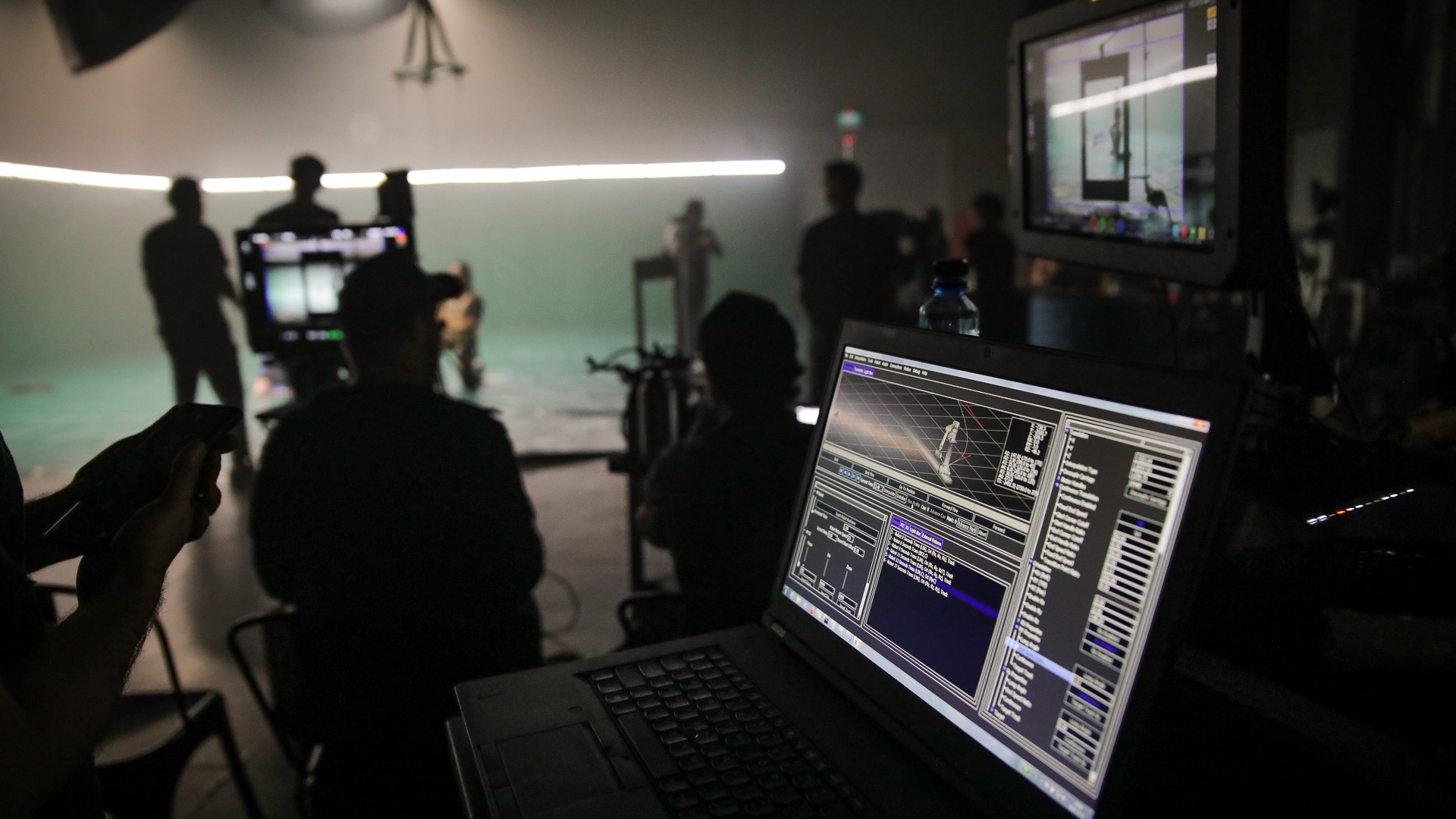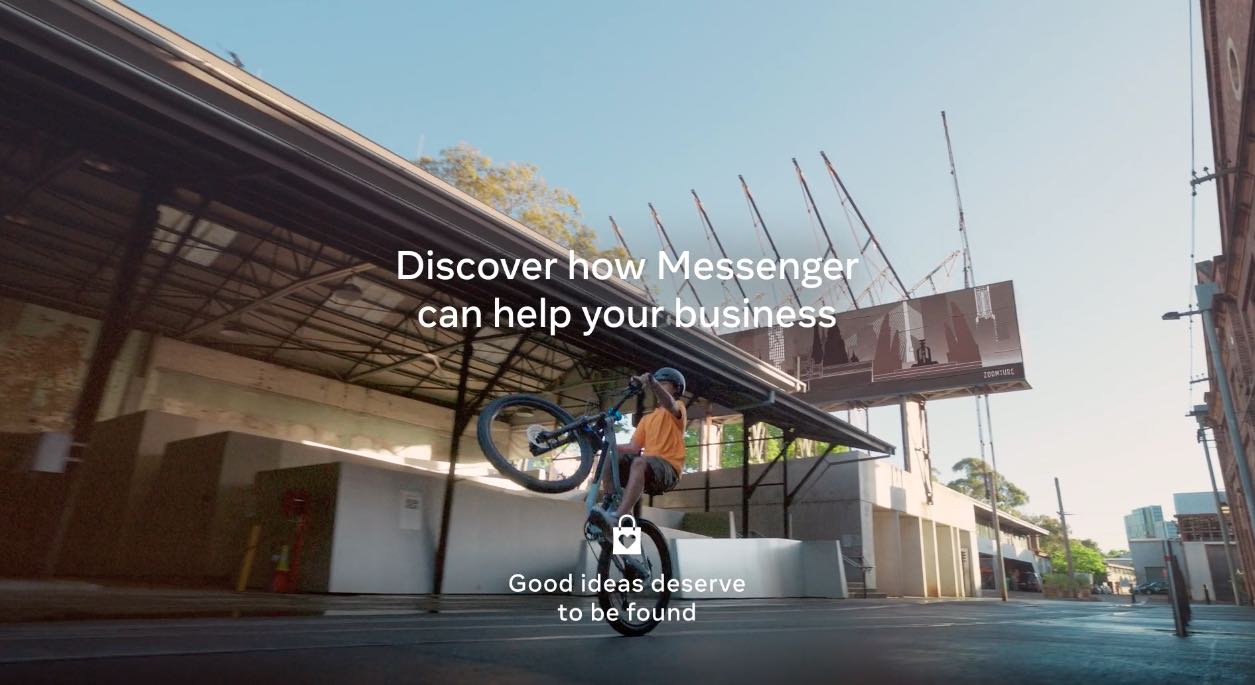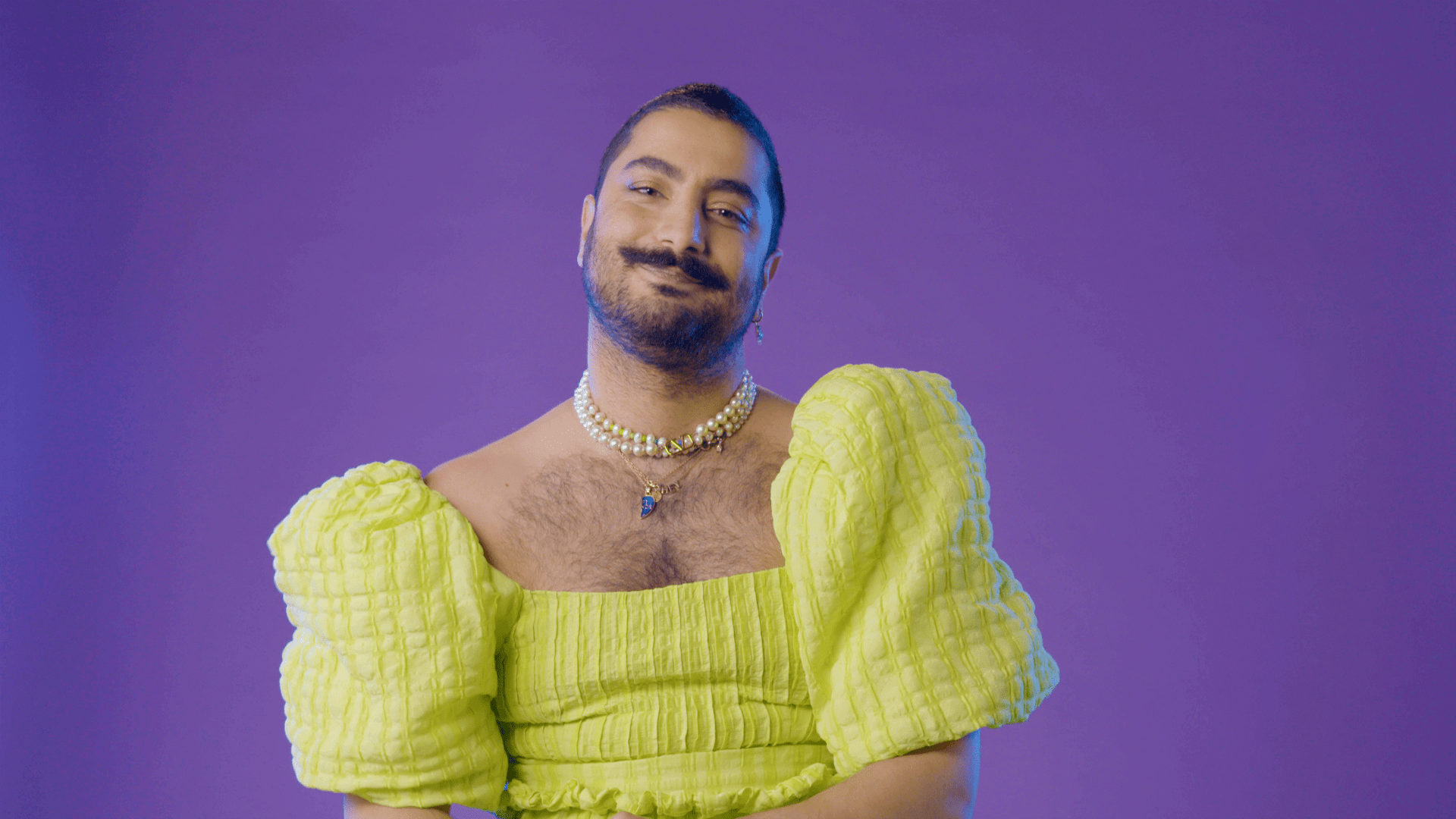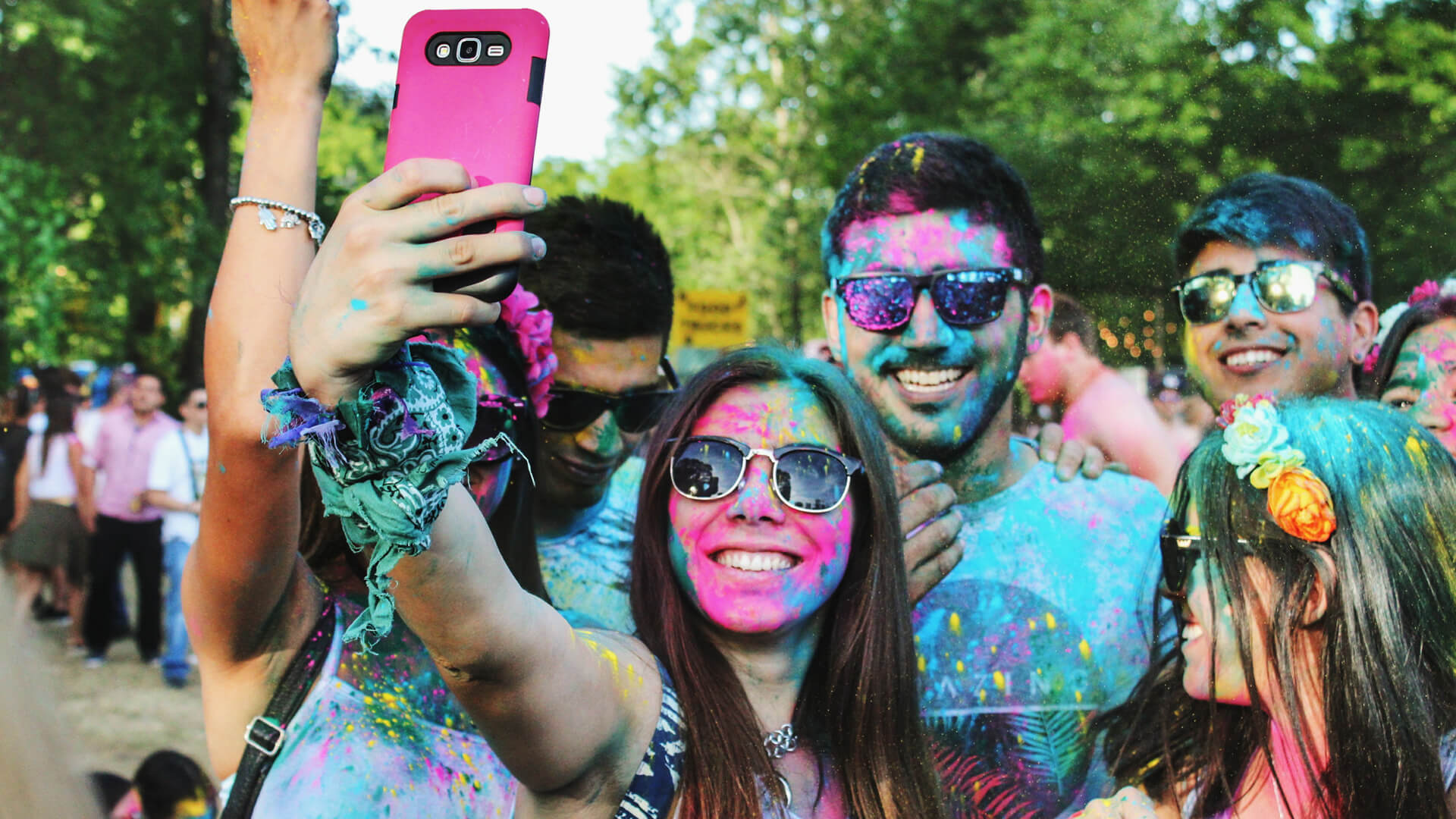In today's digital landscape, brands face a critical challenge: maintaining their unique identity and value amidst a sea of homogeneous content. As a digital marketer lucky enough to work with some of the world's biggest brands, I've observed a concerning trend: the pursuit of platform-native content is inadvertently eroding brand equity.
Here's why this matters and what brands can do to stand out.
The Pitfall of Sameness
The rise of AI-driven advertising tools like TikTok's Smart+ and Meta's Advantage+ has made it easier than ever to create and distribute content at scale. While these tools promise efficiency and reach, they also risk pushing brands towards a one-size-fits-all approach. The result? A flood of content that looks, feels, and sounds remarkably similar across platforms.
This homogenisation poses a significant threat to brand equity. When every brand adopts the same talking-head, low-production-value style, it becomes increasingly difficult for consumers to distinguish one from another. Over time, this can lead to a dilution of brand identity and a decrease in perceived value.
The Cost of Losing Distinctiveness
Brand equity is not just about recognition; it's about the value that recognition brings. Well-established brands with positive equity can command premium prices and enjoy greater customer loyalty. However, when brands sacrifice their unique voice and visual identity for the sake of fitting in, they risk:
1. Loss of brand differentiation
2. Decreased perceived value
3. Reduced customer loyalty
4. Difficulty in maintaining price premiums
5. Losing market share and revenue over time
Strategies for Standing Out
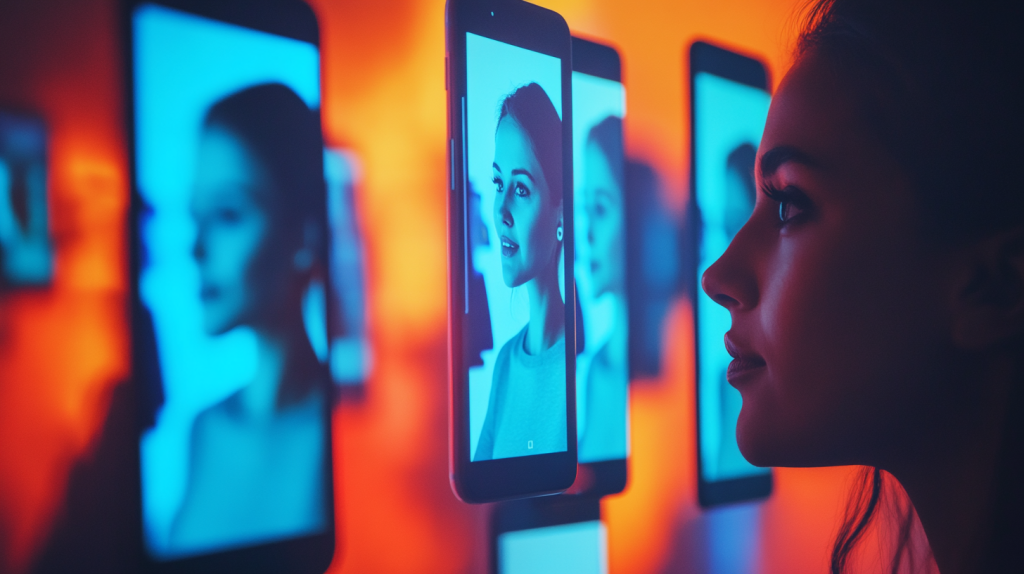
To combat this trend and preserve brand equity, marketers need to adopt a more nuanced approach:
1. Balance Authenticity with Brand Identity
While it's important to create platform-native content, brands must find ways to incorporate their unique elements subtly. This could mean using consistent colour schemes, signature audio cues, or brand-specific storytelling techniques.
2. Invest in Quality and Creativity
Instead of relying solely on quickly produced user-generated style and/or AI-generated content, allocate resources to produce high-quality, original content that reflects your brand's values and personality. This investment can set you apart in a crowded digital space.
3. Leverage Brand Heritage
For established brands, emphasising your heritage can be a powerful differentiator. Brand heritage strongly influences social media engagement and impacts all dimensions of brand equity.
4. Focus on Long-Term Brand Building
While short-term engagement metrics are important, don't lose sight of long-term brand building. Develop a consistent brand voice and visual identity that can be adapted across platforms without losing its essence.
5. Utilise Data Wisely
Use customer data to create personalised experiences that align with your brand values. This approach can enhance customer loyalty and differentiate your brand in meaningful ways.

Considerations for an Always-On Approach
As brands adopt an always-on content strategy, they must:
1. Maintain brand consistency across all touchpoints.
2. Regularly audit content to ensure it aligns with brand guidelines.
3. Train teams on brand values and how to express them authentically.
4. Measure the impact of content on brand equity, not just engagement metrics.
5. Be willing to say no to trends that don't align with your brand identity.
The Path Forward
In the race to stay relevant, brands must not lose sight of what makes them unique. While platforms like TikTok and Meta offer powerful tools for reach and engagement, they should be used thoughtfully as part of a broader brand strategy.
Remember, brand equity is built over time through consistent, meaningful interactions with consumers. By focusing on creating distinctive, high-quality content that truly represents your brand's values and personality, you can stand out in a crowded digital landscape and build lasting connections with your audience.
In the end, the brands that will thrive are those that can adapt to new platforms and technologies while staying true to their core identity. It's a delicate balance but one that's essential for long-term success in the ever-evolving world of digital marketing.
Sources:
[1] https://everyonesocial.com/blog/brand-equity-with-social-media/
[2] https://www.emerald.com/insight/content/doi/10.1108/rege-07-2021-0114/full/html
[3] https://www.entrepreneur.com/growing-a-business/the-importance-of-brand-equity-in-a-digital-world/433204
[4] https://www.strategyand.pwc.com/lu/en/insights/brand-equity-with-public-and-social-media-data.html
[5] https://digiday.com/marketing/tiktok-joins-the-ai-driven-advertising-pack-to-compete-with-meta-for-ad-dollars/
[6] https://www.adweek.com/programmatic/5-ways-tiktoks-metas/
[7] https://www.blackboxdesign.com.au/build-your-brand-with-social-media-marketing/
[8] https://martech.org/how-tiktok-is-transforming-brand-advertising/

